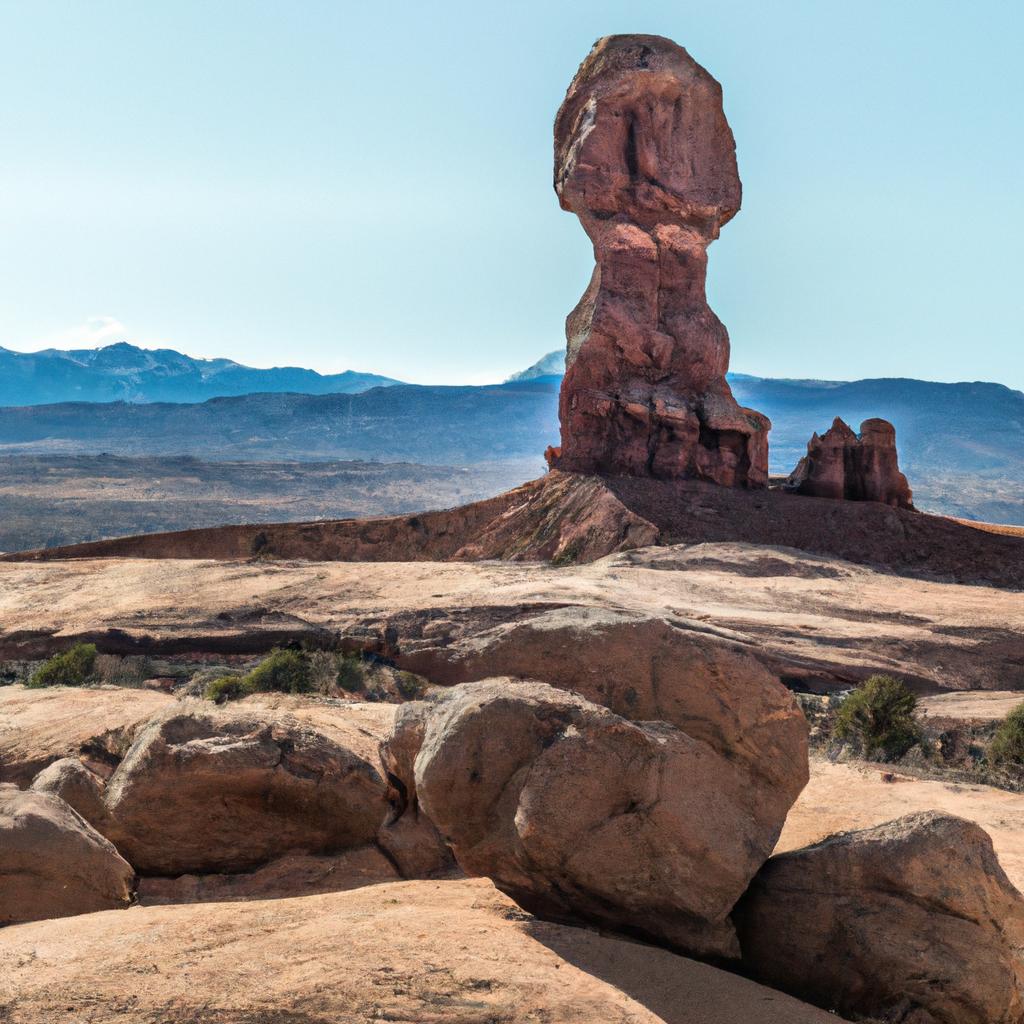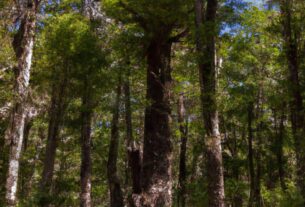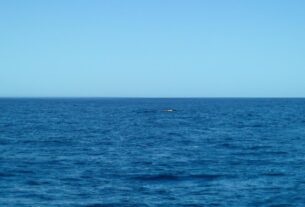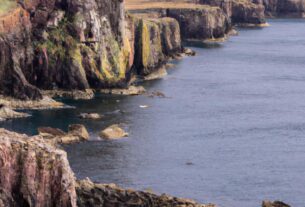Have you ever heard about the incredible moving rocks of Death Valley National Park? It’s a mind-boggling wonder that has perplexed scientists and visitors for decades. Situated in California, Death Valley is a geological paradise that attracts tourists from around the globe. However, it’s the mystery of the moving rocks that sets it apart from other national parks.
The phenomenon of the moving rocks refers to the large rocks that appear to move on their own. These rocks leave behind long trails, indicating that they have traveled considerable distances. This peculiar occurrence has fascinated both visitors and scientists, leading to numerous theories over the years. In this article, we will delve into the history, geology, and science behind the captivating moving rocks of Death Valley National Park.
The Geological Marvels of Death Valley National Park
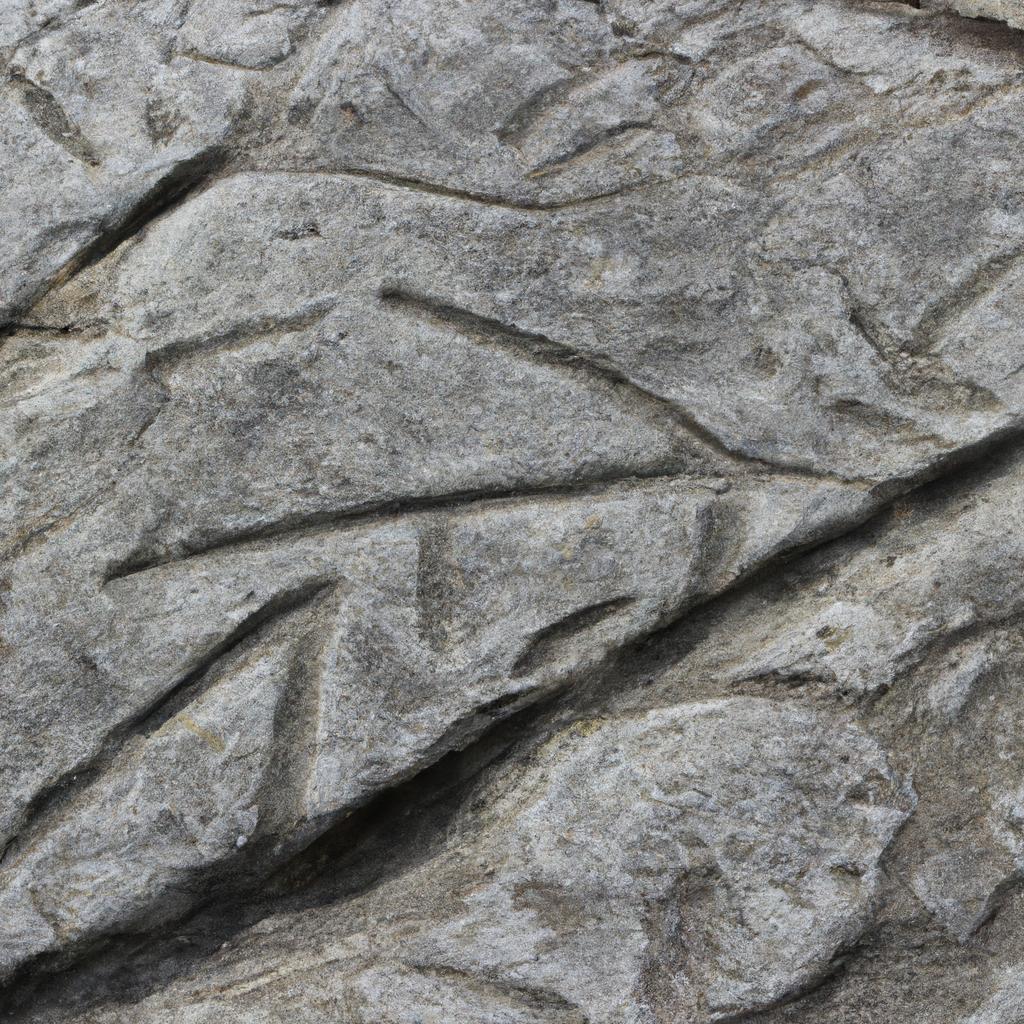
Unique Geological Features of the Park
Death Valley National Park is renowned for its extraordinary geological features, making it a captivating destination for tourists and scientists alike. The park is nestled in a basin, surrounded by mountains, making it the lowest point in North America. Additionally, it holds the title of the hottest and driest place in North America, with temperatures regularly exceeding 100 degrees Fahrenheit.
The park boasts an array of geological wonders that have evolved over millions of years. These include mountains, canyons, salt flats, sand dunes, and badlands. The park’s mountains are composed of sedimentary and volcanic rocks that have been uplifted and eroded over time. The canyons have formed through the gradual erosion of the mountains, resulting in deep and narrow valleys.
How These Features Contribute to the Movement of Rocks
The unique geological features of Death Valley National Park play a pivotal role in the movement of the rocks. The park encompasses a dry lake bed known as Racetrack Playa, where the phenomenon occurs. The playa is a flat and dry lake bed covered by a layer of fine mud. When this mud dries, it becomes a smooth and cracked surface.
During the winter months, the playa becomes coated in a layer of ice, created when the temperature drops below freezing. As the sun rises and the ice begins to melt, the wind intensifies, creating ideal conditions for the rocks to move. The wind propels the rocks across the muddy surface, resulting in long trails that can stretch for hundreds of feet. The movement of the rocks is gradual, with some only traveling a few inches per year.
In conclusion, the distinctive geological features of Death Valley National Park contribute to the mesmerizing phenomenon of the moving rocks. The smooth mud surface and the combination of wind and ice create optimal conditions for these rocks to embark on their mysterious journeys. The park’s geological marvels continue to enthrall visitors and scientists, establishing it as an essential destination for anyone fascinated by natural phenomena.
Environmental Factors
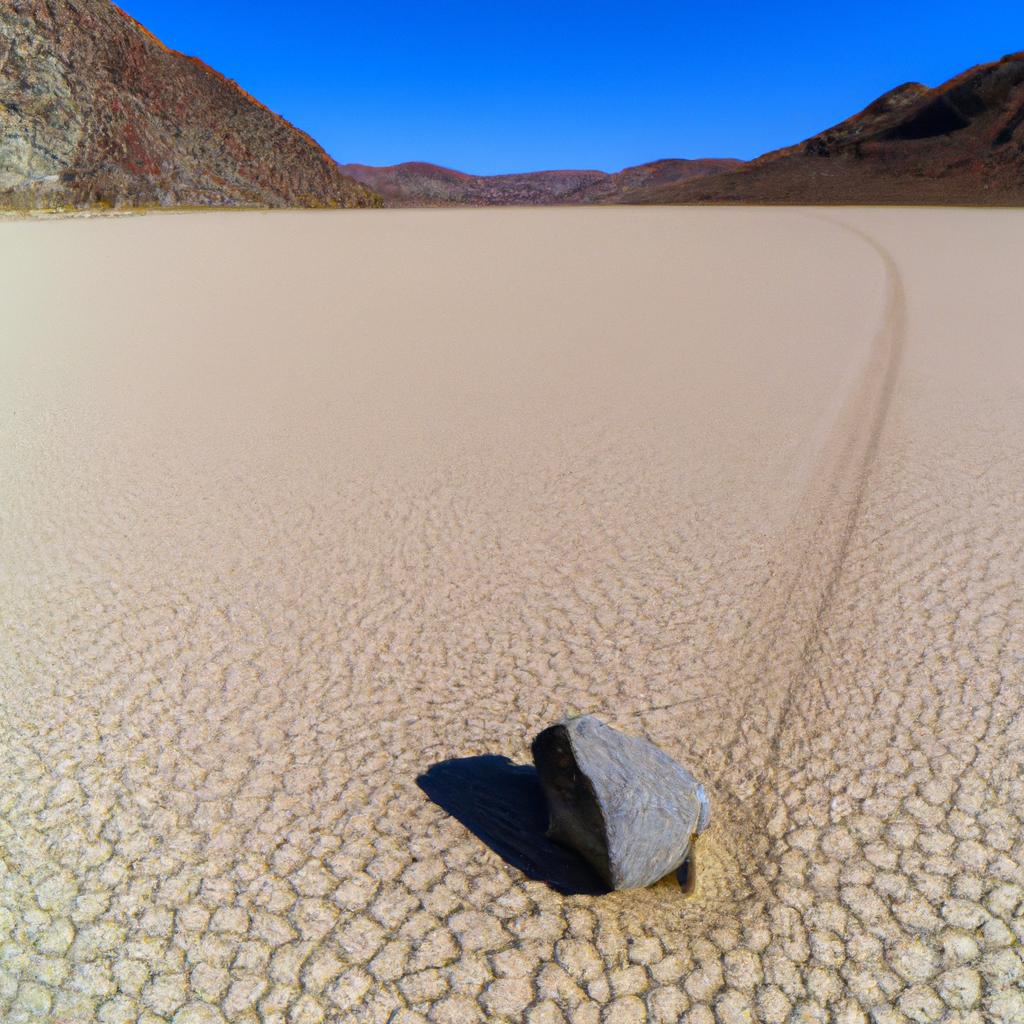
The climate and weather patterns of Death Valley National Park significantly influence the movement of the rocks. The park is notorious for its extreme temperatures, with summer temperatures often surpassing 120 degrees Fahrenheit. These scorching and arid conditions make it one of the hottest places on Earth, shaping the park’s barren landscape.
The absence of vegetation and loose sediment make the park vulnerable to strong winds, which can reach speeds of up to 70 miles per hour. These winds have the power to lift small rocks and carry them along, causing them to collide with larger rocks and initiating their movement. As the rocks move, they leave distinct trails in the sediment, serving as evidence of their extraordinary journey.
The winter months introduce another set of environmental factors that contribute to the rocks’ movement. Occasional rainstorms and even snowfall, rare occurrences in the desert, lead to the collection of water in low-lying areas, which subsequently freezes on the ground’s surface. As the ice melts during the day, it creates a slippery surface, facilitating the movement of the rocks.
In conclusion, the extreme climate and weather patterns of Death Valley National Park exert a significant influence on the movement of its rocks. From scorching heat and powerful winds to occasional rain and snow, these environmental factors establish the perfect conditions for the enigmatic phenomenon of the moving rocks.
History of the Moving Rocks

How Do the Rocks Move?
Scientists have long grappled with understanding how the rocks journey across the dry lake bed, leaving behind their enduring trails. It was in the 1940s when researchers began closely studying the phenomenon and discovered that the movement was a result of a combination of ice and wind.
During the winter months, the dry lake bed becomes cloaked in a thin layer of ice that forms during the chilly nights. As the sun rises, the ice melts, breaking into significant sheets. These sheets of ice are then propelled by the wind, causing them to glide across the lake bed. As they advance, they collect the rocks, carrying them along and imprinting their distinctive trails in the mud.
The Role of Wind
While ice is a crucial element in the rocks’ movement, wind also plays a significant role. The winds in Death Valley National Park can be incredibly forceful, reaching speeds of up to 90 miles per hour. As the wind blows across the lake bed, it creates a vacuum effect, pulling the rocks and facilitating their movement.
Scientists have employed GPS trackers and time-lapse photography to study the rocks’ movement in greater detail. These investigations have revealed that the rocks travel at an average speed of approximately 15 feet per minute, which may seem modest initially, but over time, it translates into the rocks journeying several hundred feet.
In conclusion, the mystery of Death Valley National Park’s moving rocks has finally been unraveled. It’s a unique natural phenomenon that occurs due to the combined forces of ice and wind. It serves as a testament to nature’s awe-inspiring power and serves as a lasting reminder of the incredible forces that shape our planet.
Conclusion
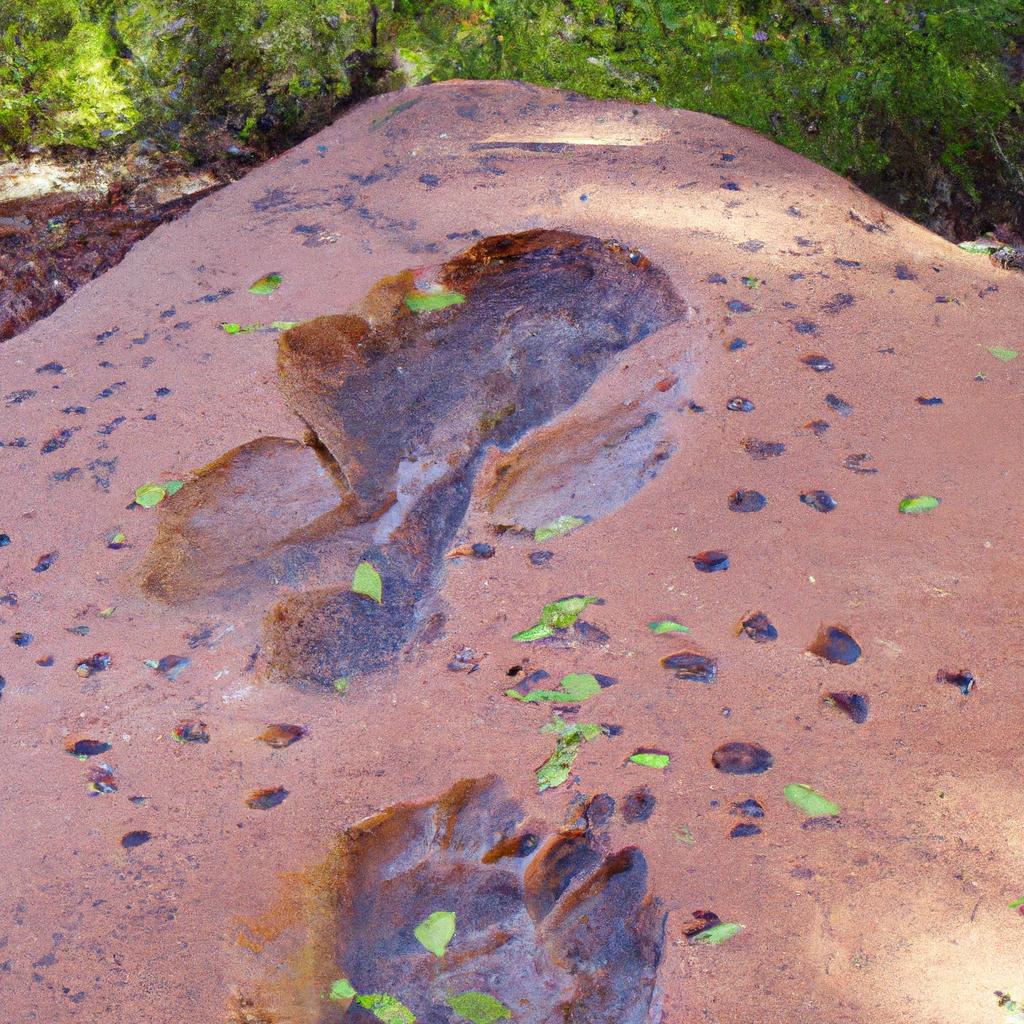
To conclude, the moving rocks of Death Valley National Park stand as a captivating natural phenomenon, continuing to captivate and bewilder visitors and scientists. The park’s distinctive geology and environmental factors allow this mysterious occurrence to transpire. The history of the moving rocks is replete with legends and theories, but it wasn’t until recent years that science shed light on the enigma.
The scientific explanation of the moving rocks revolves around the intricate interplay of ice and wind, resulting in a remarkable “sailing” effect. This phenomenon showcases the incredible forces that shape our planet, inspiring us with their grandeur and might.
If you’re planning a trip to Death Valley National Park, make sure to include the moving rocks on your itinerary. Witnessing this natural wonder firsthand is an unforgettable experience. At TooLacks, we strive to provide you with the latest news and information on all things nature, gardening, and animals. We hope you’ve enjoyed discovering the moving rocks of Death Valley National Park and will continue to explore the marvels of our planet.
Sources:
